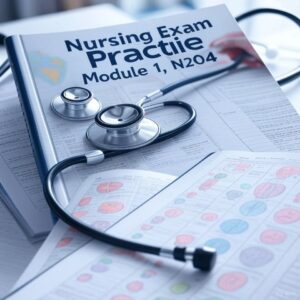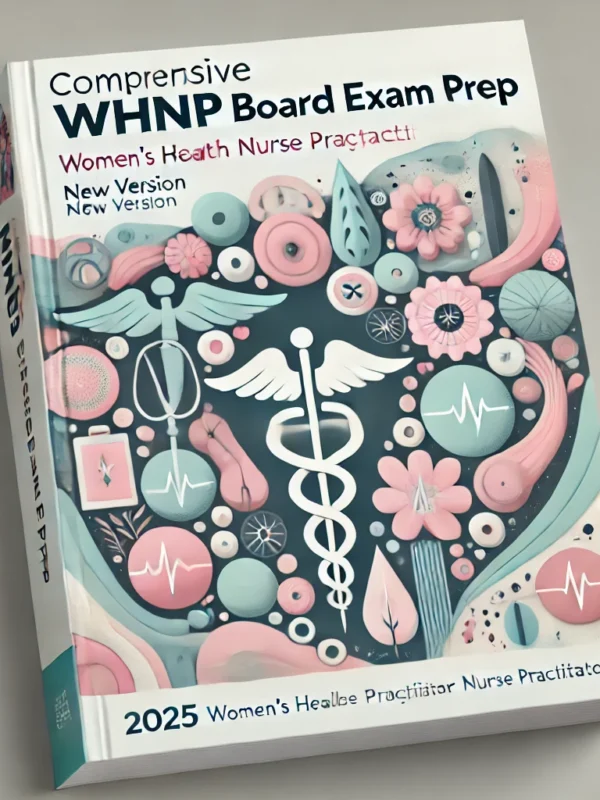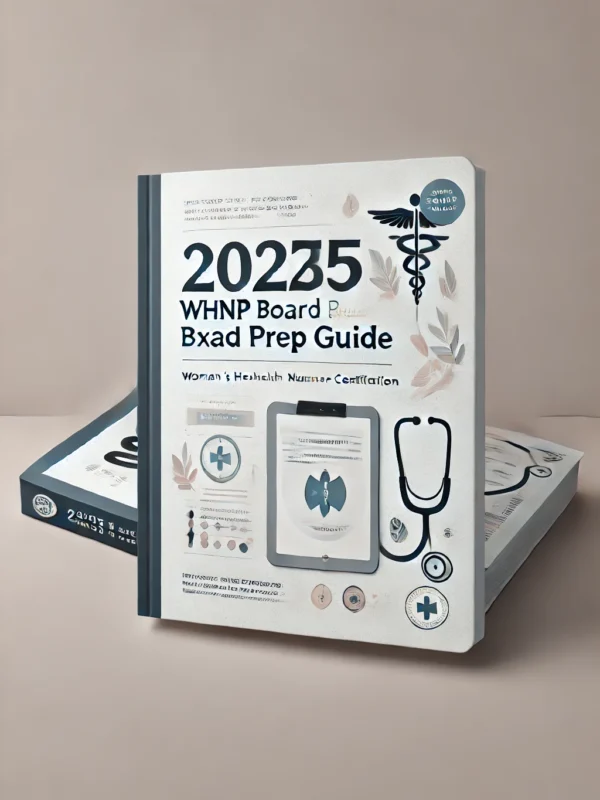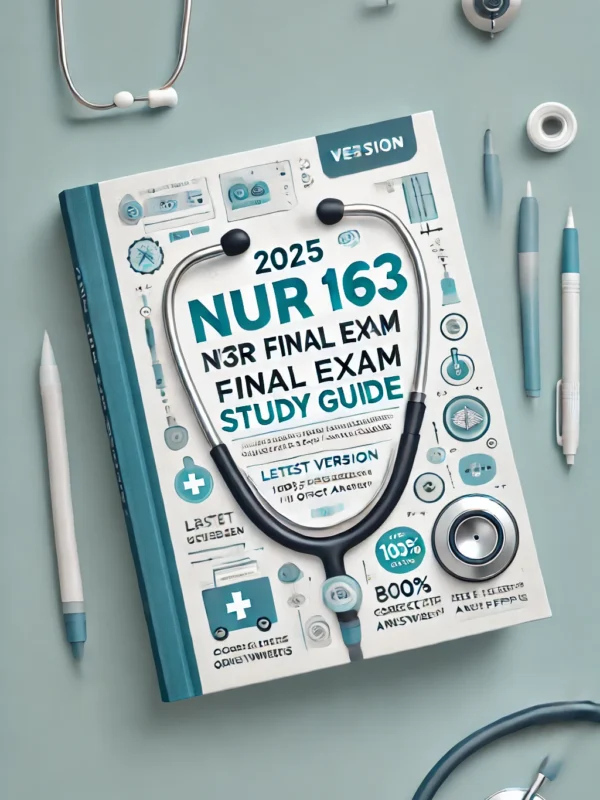-
Comprehensive Coverage: Includes Fundamentals, Leadership, Maternity & Newborn, Health & Physical Assessment, and Sexuality.
-
NCLEX EAQs: Practice with NCLEX-style adaptive questions to build exam readiness.
-
Targeted for N204: Specifically designed for Module 1 of the N204 nursing curriculum.
-
Student-Focused: Helps nursing students solidify knowledge and boost confidence.
-
Exam-Ready: Prepares you for both course assessments and future NCLEX success.
Preview
1. What characteristic does the nurse anticipate in an infant born at 32 weeks’ gestation?
A. Well-developed areolae and nipples
B. Barely visible areolae and nipples
C. Presence of deep plantar creases
D. Thick vernix covering the body
Correct Answer: B. Barely visible areolae and nipples
Rationale: Preterm infants (born before 37 weeks) have immature physical characteristics,
including underdeveloped areolae and nipples due to incomplete fetal growth.
2. What should the nurse discuss with new parents to help them prepare for infant care?
A. Establishing a strict feeding schedule
B. Learning specific behaviors involving states of wakefulness to promote positive interactions
C. Avoiding holding the baby too often to prevent dependency
D. Delaying skin-to-skin contact until the infant is 1 month old
Correct Answer: B. Learning specific behaviors involving states of wakefulness to promote
positive interactions
Rationale: Understanding the infant’s sleep-wake cycles allows parents to optimize bonding,
feeding, and soothing, which promotes healthy development and interaction.
3. The parents of a newborn are concerned about red pinpoint dots on their infant’s face and
neck. How should the nurse explain this finding?
A. The cause is an increased intravascular pressure during birth.
B. It indicates a severe allergic reaction.
C. This is a sign of neonatal jaundice.
D. It is a normal response to temperature changes.
Correct Answer: A. The cause is an increased intravascular pressure during birth.
Rationale: The red pinpoint dots, or petechiae, result from minor capillary bleeding due to the
mechanical forces of labor and typically resolve without intervention.
4. A preterm infant with respiratory distress syndrome (RDS) has blood drawn for an arterial
blood gas analysis. What test result should the nurse anticipate for this infant?
A. Increased blood pH
B. Decreased blood pH
C. Normal blood pH
D. No significant changes in blood pH
Correct Answer: B. Decreased blood pH
Rationale: RDS leads to respiratory acidosis due to poor gas exchange, resulting in decreased
blood pH from retained carbon dioxide.










Reviews
There are no reviews yet.